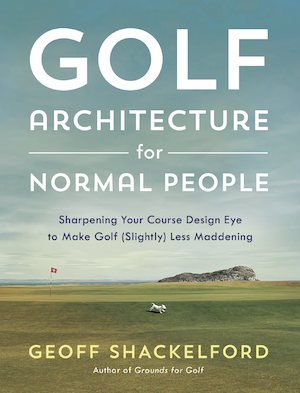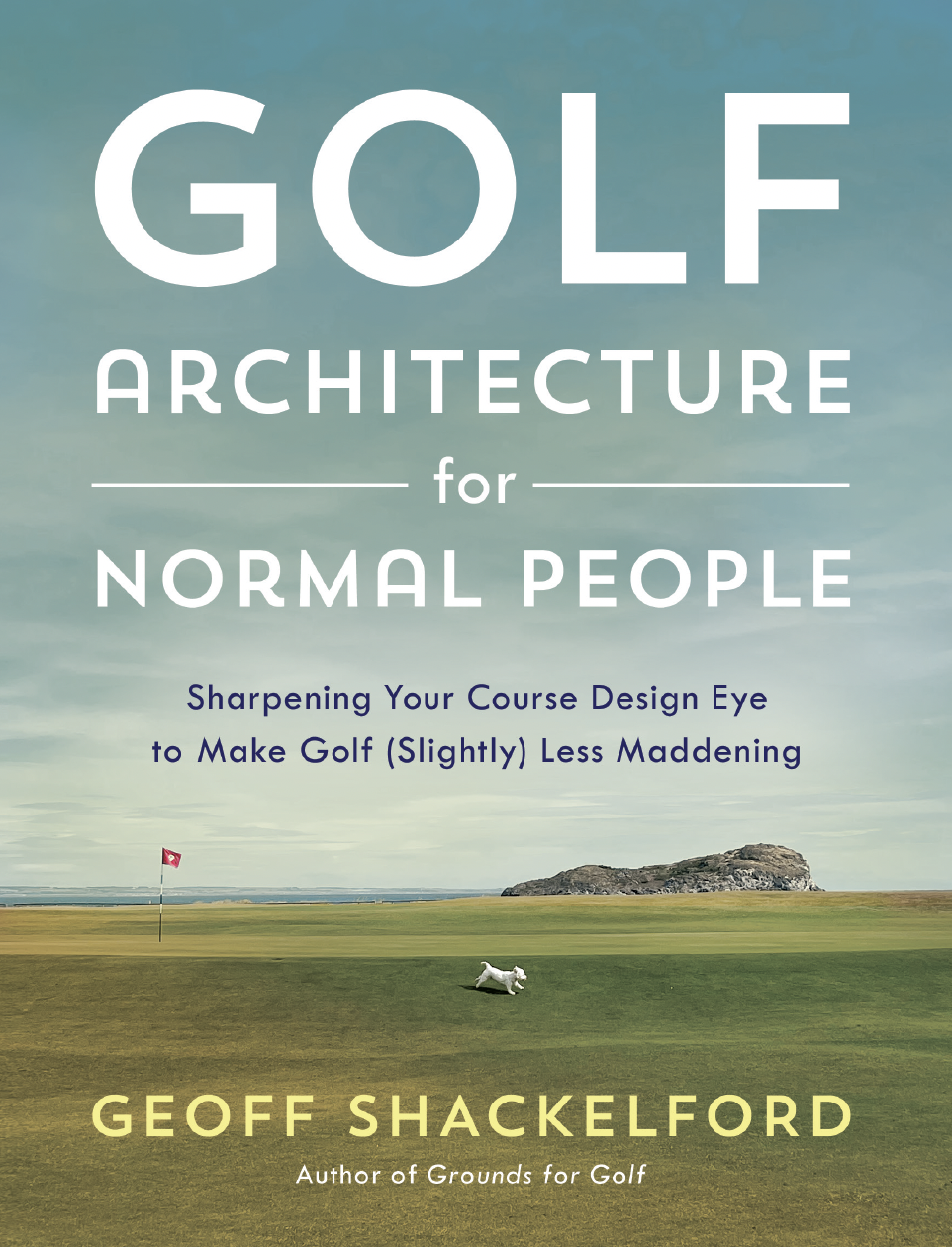Hmmm, Files: Old Course, Carnoustie Course Records Fall During Alfred Dunhill Championship
/There will be the usual hysteria after a record falls that something must be done and while I always find that shortsighted and slightly disrespectful to the players involved--but let the hysteria begin!
 Ross Fisher had an amazing shot at 59 during the Alfred Dunhill final round over the Old Course, in spite of a glacial round pace caused in part by the pro-am format. But a last hole three-putt from the Valley of Sin left him with 61 and a new record. Victor Dubuisson was on a 59 watch a few groups ahead of Fisher, but settled for 63.
Ross Fisher had an amazing shot at 59 during the Alfred Dunhill final round over the Old Course, in spite of a glacial round pace caused in part by the pro-am format. But a last hole three-putt from the Valley of Sin left him with 61 and a new record. Victor Dubuisson was on a 59 watch a few groups ahead of Fisher, but settled for 63.
Fisher was gutted to have finished the way he did, but well aware of his accomplishment.
“But to go out and shoot a score like that, with no bogeys, I just saw the lines and was hitting good putts and they were going in and I didn’t want it to end.
“At the home of golf, I wanted to try and give that putt on the last a try for 59 and it just came up a bit shy and then unfortunately I didn’t hit a great (birdie) putt, so unfortunately had to settle for a 61 – but I would definitely have taken it.”
The Fisher scorecard:
Why should we be hysterical when the distance situation at classic courses has been an issue for nearly two decades ago, with huge leaps since the governing bodies drew a line in the sand (2003)?
Because course records get attention, especially when it's the Home of Golf and especially on a course not using some of the absurd Open Championship tees employed by the R&A to mask distance leaps.
While most of us know modern course conditioning combines with today's instruction technology and brain power, should lead to records falling. And that's just fine. But couple that with players rarely hitting a long iron due to courses being overwhelmed, and these accomplishments should be warning signs that the importance of certain skills has been diminished to the point that such a record may need an asterisk.
Gary Player took to Twitter to remind us that the Old Course is pretty defenseless these days.

This comes on the heels of Tommy Fleetwood shooting 63 at Carnoustie to establish a new course record there.
Fleetwood was honored by the accomplishment, reports The Telegraph's James Corrigan.
“Carnoustie course record holder – it sounds good doesn’t it? It was a good day’s work by any standards,” Fleetwood said. “When you consider all the great players who have played here, in Opens and in this tournament, it is very special to have the lowest score ever recorded on this course. Yeah, I hit it in some places where you probably won’t be able to get able to hitting it when the Open comes back here next year, but I’m still very proud.”

























